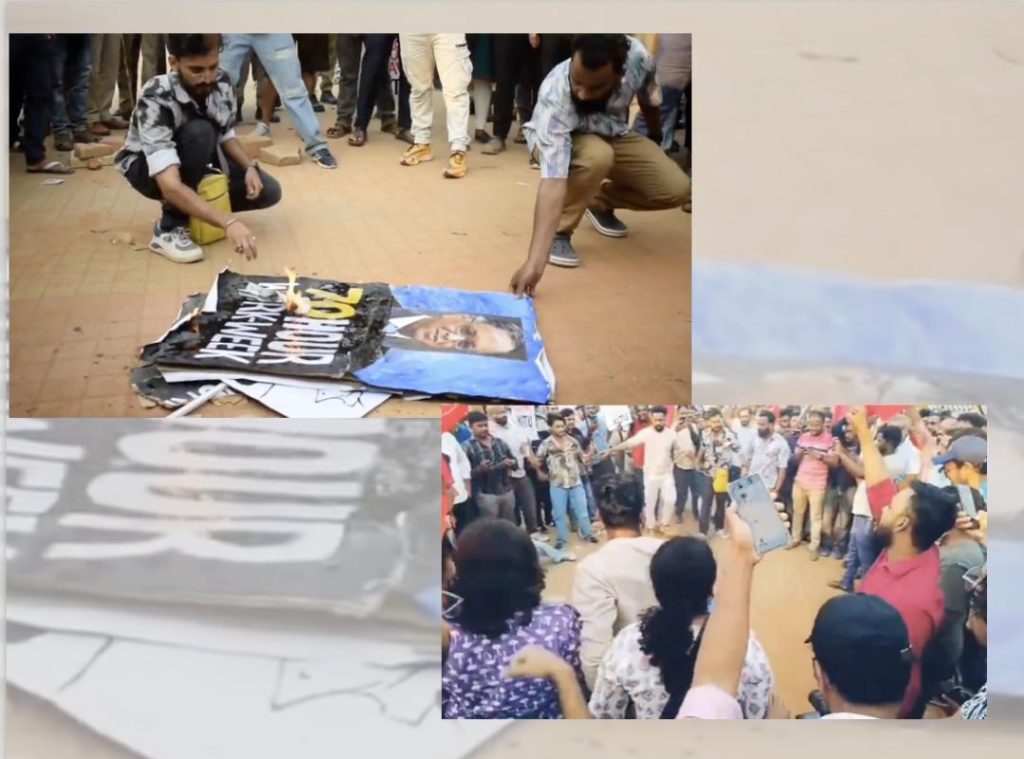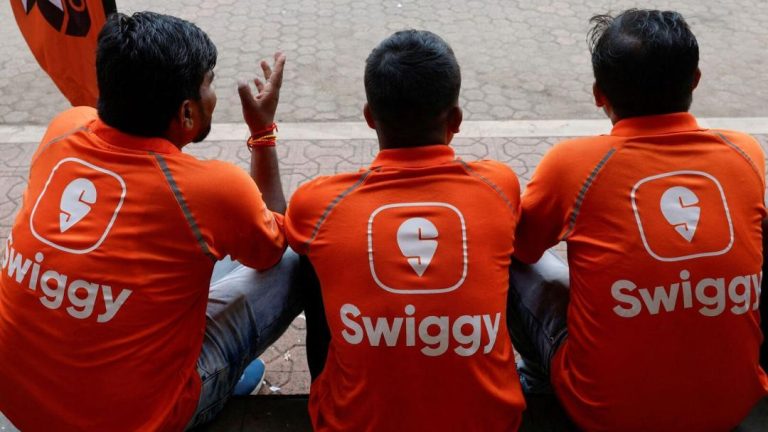
IT Employees Burn Murthy, L&T Chief’s Effigies for Proposing Longer Workweeks
The IT sector in Bengaluru has been abuzz with controversy lately, with two prominent industry leaders sparking outrage among employees over their suggestions to increase work hours. Infosys Founder Narayana Murthy and L&T Chairman SN Subrahmanyan recently proposed longer workweeks, citing the need to boost productivity and competitiveness. However, their suggestions were met with fierce resistance from IT employees, who took to the streets to protest against exploitive work practices.
On Tuesday, employees of the IT sector in Bengaluru, led by the Karnataka IT/ITeS Employees Union (KITU), staged a protest against Murthy and Subrahmanyan’s proposals. The protesters, who were dressed in black, gathered at the Town Hall in Bengaluru and burnt effigies of the two industry leaders. Despite attempts by the Bengaluru Police to disperse the crowd, the employees remained resolute in their demands for better working conditions.
The incident has sparked a fresh debate about the working conditions in the IT sector, which has been growing rapidly over the past decade. Many employees have expressed concerns about the long working hours, lack of work-life balance, and poor working conditions in the industry.
Murthy, who is considered one of the pioneers of the Indian IT industry, had recently suggested that IT professionals should be willing to work 70-hour weeks to remain competitive. He had argued that the industry was facing intense competition from countries like China and the Philippines, and that employees needed to be willing to put in extra effort to stay ahead.
Subrahmanyan, the Chairman of L&T, had also suggested that employees should be willing to work 90 hours a week to meet the demands of the industry. He had argued that the industry was facing a shortage of skilled manpower and that employees needed to be willing to work longer hours to meet the demands of clients.
However, the proposals by Murthy and Subrahmanyan have been met with widespread criticism from employees, who have argued that they are unsustainable and unfair. Many employees have expressed concerns about the impact on their personal lives, health, and well-being.
The protest by KITU, which represents over 10,000 IT employees in Karnataka, was a response to the proposals by Murthy and Subrahmanyan. The union has been demanding better working conditions, including a 40-hour workweek, better pay, and improved healthcare facilities.
The protest was peaceful, with employees holding placards and banners demanding better working conditions. Despite attempts by the police to disperse the crowd, the employees remained resolute, and the protest continued for several hours.
The incident has sparked a fresh debate about the working conditions in the IT sector, with many employees expressing concerns about the long working hours, lack of work-life balance, and poor working conditions. The industry has been growing rapidly over the past decade, but many employees have expressed concerns about the impact on their personal lives.
The government has also been under pressure to address the concerns of IT employees, with many calling for a review of the industry’s working conditions. The Karnataka government has set up a committee to look into the issues faced by IT employees, and it is expected to submit its report soon.
In conclusion, the protest by IT employees in Bengaluru is a clear indication of the growing discontent among employees over the working conditions in the industry. The proposals by Murthy and Subrahmanyan have been met with widespread criticism, and it is essential that the industry takes steps to address the concerns of employees.




